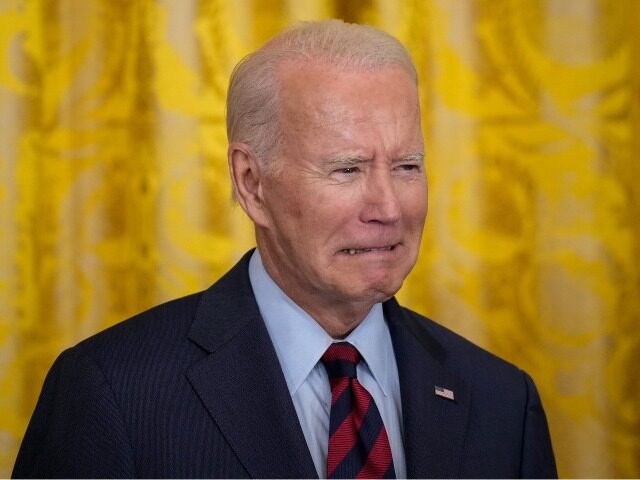Business activity expanded in July at the slowest pace in five months and inflation was concerningly sticky, a closely-watched survey of business executives indicated Monday.
The S&P Global “flash” U.S. composite purchasing managers index tumbled 1.2 points to 52 in July, with services weaker than expected and manufacturing stronger, although still negative.
The measure looking one year into the future also “deteriorated sharply,” painting a “darkening picture” of the economy, an economist for S&P Global said.
The manufacturing activity index rose to 49 from 46.3 in June, the highest score in three months and beating even the most optimistic forecasts. The output index for manufacturing rose to 50, a two month high.
The activity index for the services sector, however, declined to 52.4 from 54.4. That’s the lowest reading in five months. The output index for services fell 1.2 percentage points to to 52, also a five-month low.
After businesses reported a surge in cost inflation June, the rate of increase in total input prices softened in in July. But inflation on what businesses charge for their products and services increased, as firms sought to pass on higher costs and interest rate payments to customers.
“July is seeing an unwelcome combination of slower economic growth, weaker job creation, gloomier business confidence, and sticky inflation,” said Chris Williamson, chief business economist at S&P Global Market Intelligence.
Williamson added:
The overall rate of output growth, measured across manufacturing and services, is consistent with GDP expanding at an annualized quarterly rate of approximately 1.5% at the start of the third quarter. That’s down from a 2% pace signalled by the survey in the second quarter.
However, growth is being entirely driven by the service sector, and in particular rising spend from international clients, which is helping offset a becalmed manufacturing sector and increasingly subdued demand from US households and businesses.
Furthermore, business optimism about the year-ahead outlook has deteriorated sharply to the lowest seen so far this year. The darkening picture adds downside risks to output growth in the coming months which, alongside the slowing in the pace of expansion in July, will keep alive fear that the US economy may yet succumb to another downturn before the year is out.
The stickiness of price pressures meanwhile remains a major concern. As the survey index of selling prices has acted as a reliable leading indicator of consumer price inflation, anticipating the easing to 3% in June, it sends a worrying signal that further falls in the rate of inflation below 3% may prove elusive in the near term.
The Federal Reserve is widely expected to hike interest rates later this week.

COMMENTS
Please let us know if you're having issues with commenting.